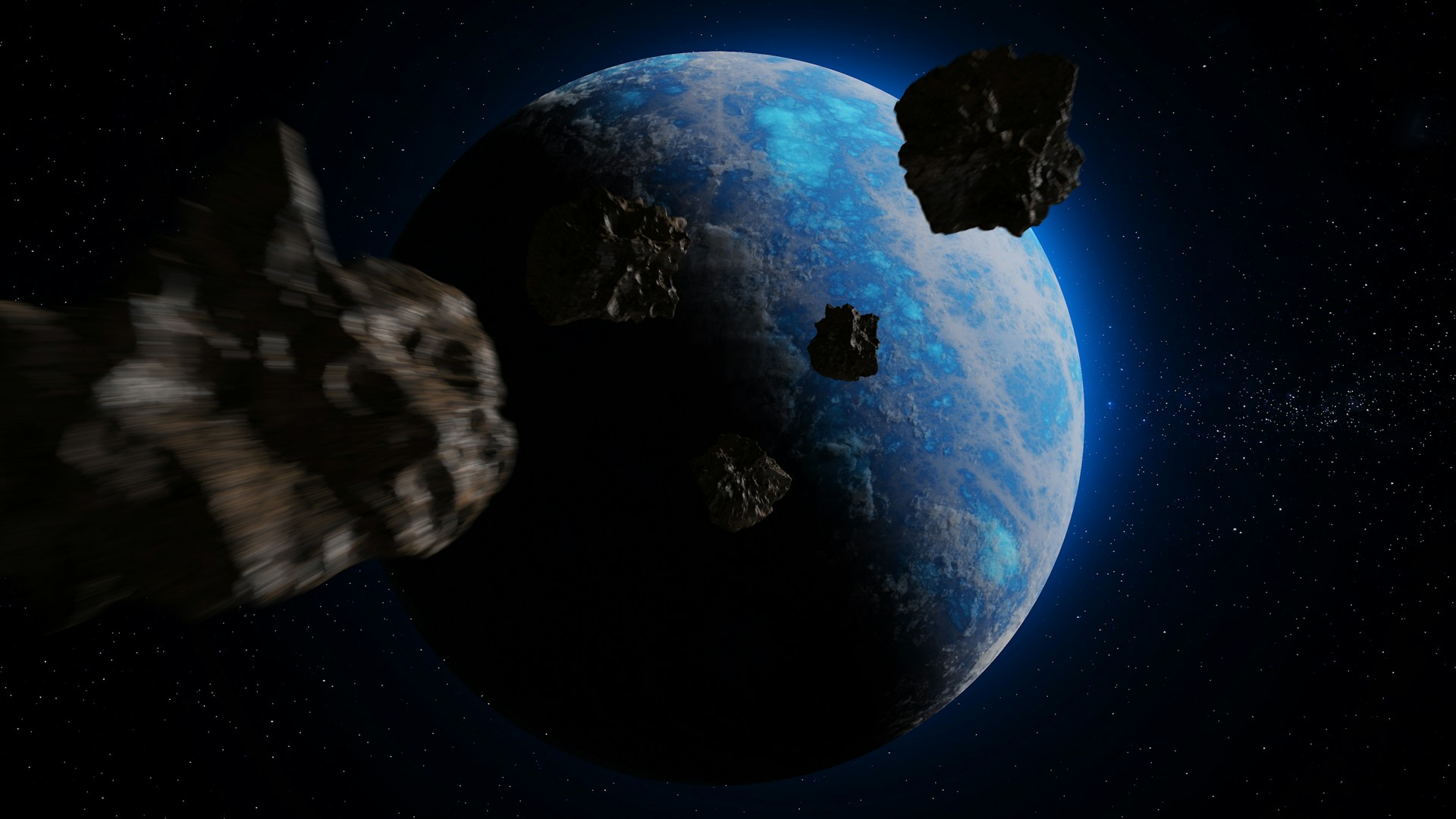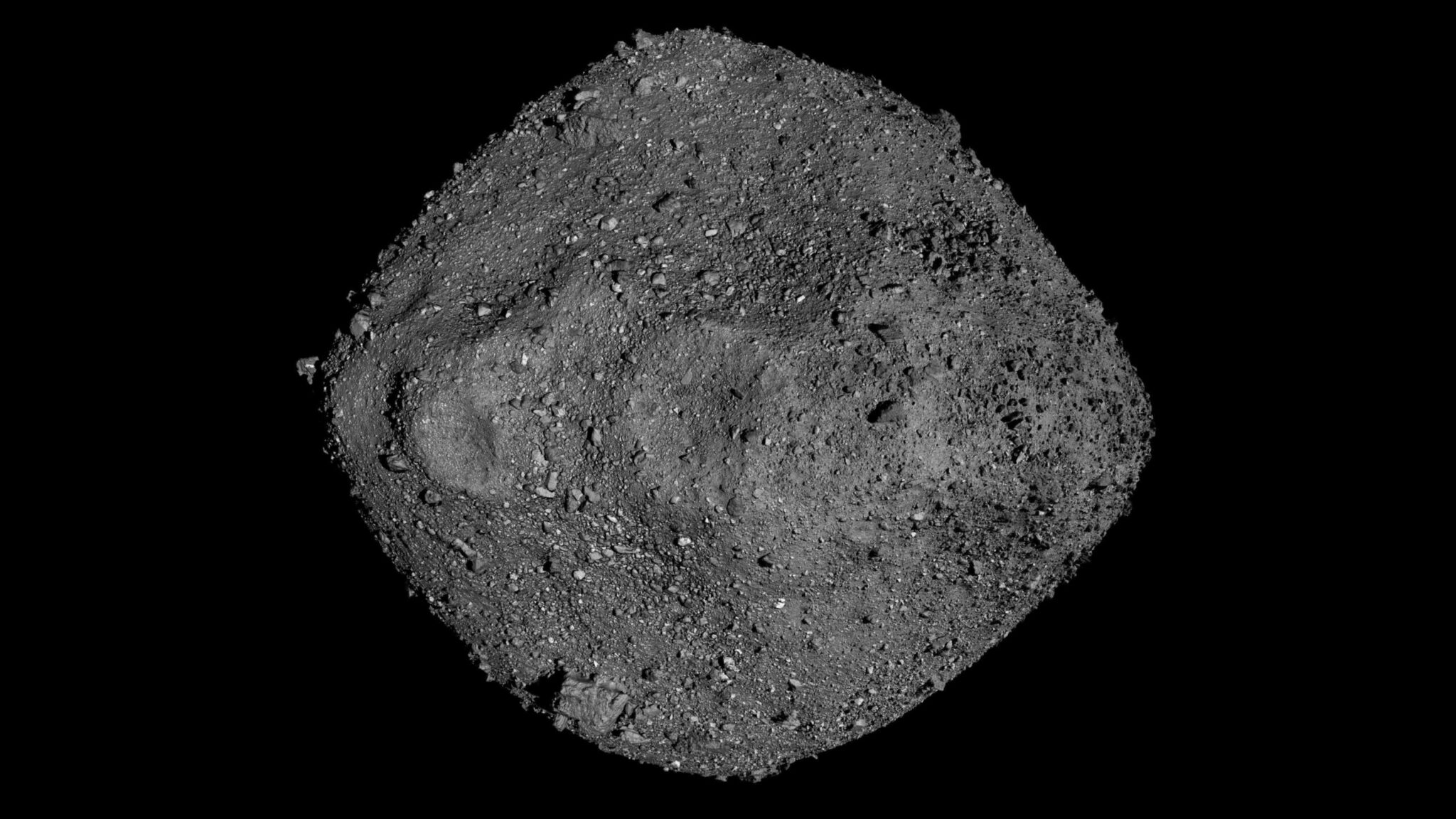The researchers suggest that the existence of the fifth force can be detected not in the far corners of space, but through the observation of objects in the Solar System. According to a new study published in Communications Physics, asteroids, particularly Bennu, may help confirm the hypothesis of a new particle that forms dark matter, an invisible substance that makes up 85% of the mass of the Universe.

Asteroids as key to new physics
Scientists believe that data collected by NASA during the OSIRIS-REx mission to Bennu may point to inconsistencies in the Standard Model of physics. These inconsistencies could be evidence for the existence of a still unknown force or particle. As the researchers remind, the existence of Neptune was once predicted because of anomalies in the orbit of Uranus, which confirms the importance of such observations.
Yu-Dai Tsai, lead author of the study and a scientist at Los Alamos National Laboratory, highlights that analysis of the trajectories of space objects often reveals anomalies that may indicate new physics.
Standard Model Limits
Nowadays, the Standard model of physics explains three of the four fundamental forces: the electromagnetic, strong and weak interactions. However, gravity, which is the curvature of spacetime according to Einstein’s theory, is not included in this model. This is just one of the problems in modern physics, because the Standard model also fails to explain the nature of dark matter.

Dark matter, despite its invisibility, plays a key role in forming the structures of galaxies through its gravitational influence. One of the most common hypotheses is the suggestion that dark matter may be formed by ultralight bosons whose mass is less than one billionth of the mass of an electron.
Search for a new particle
Previously, scientists have tried to detect ultralight bosons by analyzing interactions near black holes. However, researchers have now used data from Bennu to limit the possible manifestations of this hypothesized fifth force. Study co-author Sunny Vagnozzi of the University of Trento notes that the limits set are among the strictest in history for such a Yukawa-type force.
Look at the future
To confirm their findings, scientists plan to observe another asteroid, Apophis, which will pass by Earth at a very close distance in 2029. This project may provide new opportunities to test the fifth force theory and help better understand the nature of dark matter.
Earlier we reported on the chances of asteroid Bennu colliding with Earth.
According to phys.org


